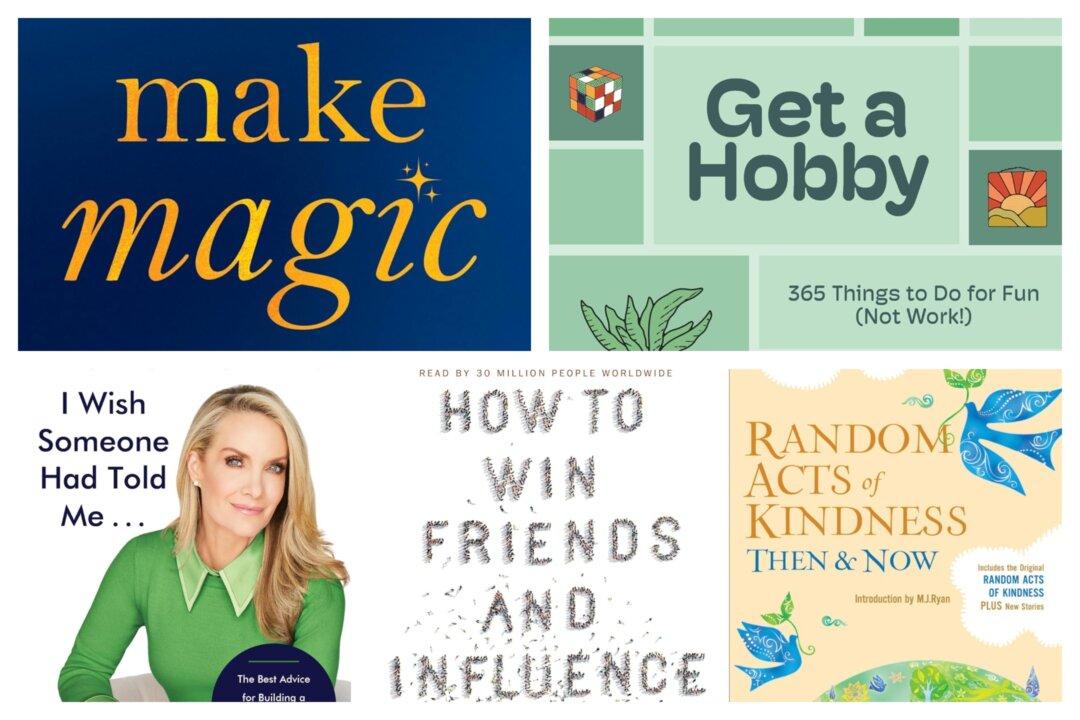In September 1962, President John F. Kennedy stood before a packed Rice University stadium and pledged to land a man on the moon and return him safely to Earth before the decade was out. Why did Kennedy choose this mission? He wanted to beat the Soviet Union to the moon, but at the same time, he wanted to unite the nation in an inspirational way.
The idea of inspiring hope is prevalent throughout Ozan Varol’s new book “Think Like a Rocket Scientist: Simple Strategies You Can Use to Make Giant Leaps in Work and Life.” Varol points out that when Kennedy gave his speech, he asked the nation to do something remarkable. He said, “We choose to go to the moon in this decade and do the other things, not because they are easy, but because they are hard.”





